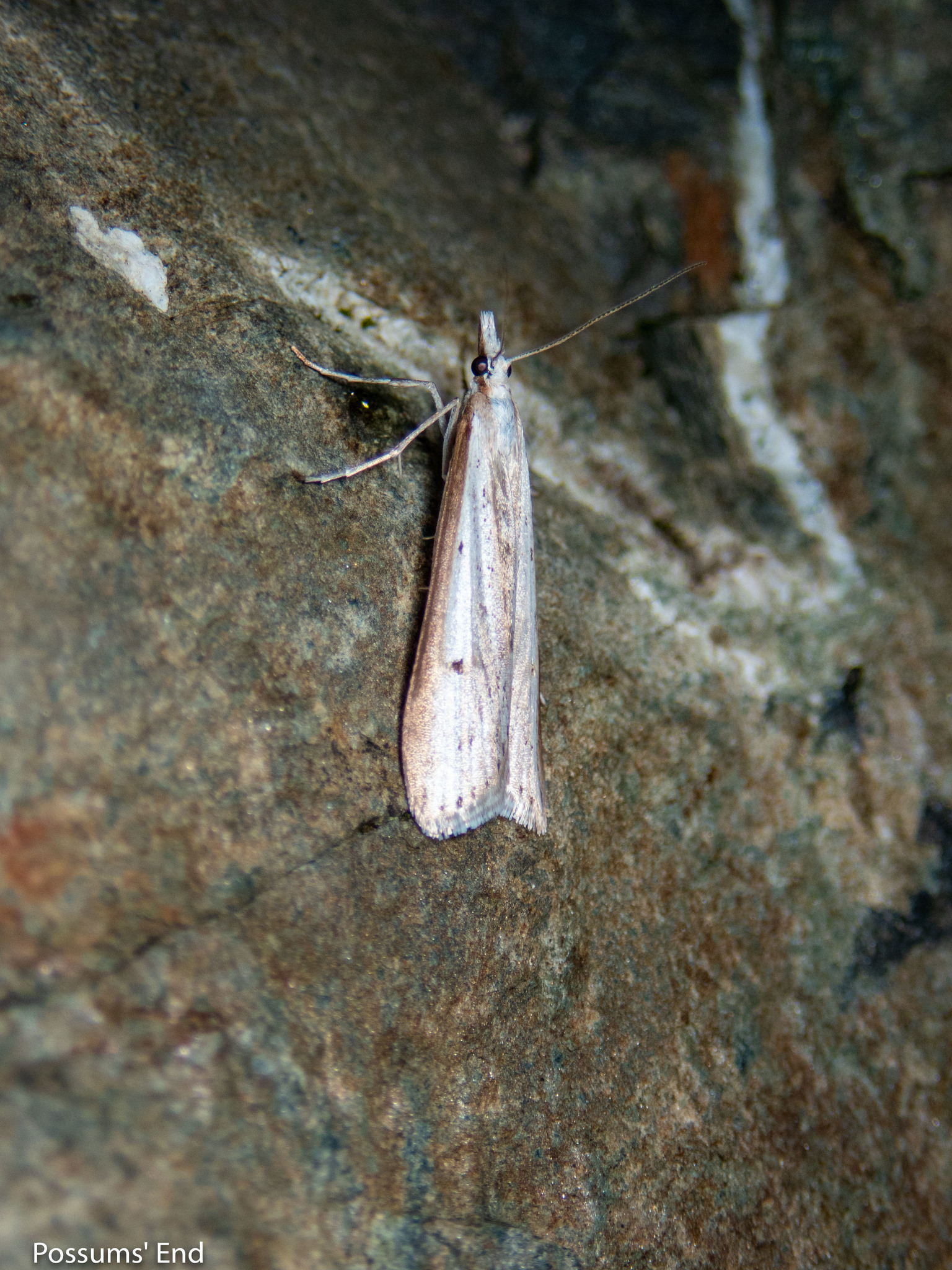Scoparia Niphospora on:
[Wikipedia]
[Google]
[Amazon]
''Scoparia niphospora'' is a
 The
The
moth
Moths are a paraphyletic group of insects that includes all members of the order Lepidoptera that are not butterflies, with moths making up the vast majority of the order. There are thought to be approximately 160,000 species of moth, many of ...
in the family Crambidae
The Crambidae are the grass moth family of lepidopterans. They are variable in appearance, the nominal subfamily Crambinae (grass moths) taking up closely folded postures on grass stems where they are inconspicuous, while other subfamilies includ ...
. It is endemic
Endemism is the state of a species being found in a single defined geographic location, such as an island, state, nation, country or other defined zone; organisms that are indigenous to a place are not endemic to it if they are also found els ...
to New Zealand
New Zealand ( mi, Aotearoa ) is an island country in the southwestern Pacific Ocean. It consists of two main landmasses—the North Island () and the South Island ()—and over 700 List of islands of New Zealand, smaller islands. It is the ...
.
Taxonomy
This species was described byEdward Meyrick
Edward Meyrick (25 November 1854, in Ramsbury – 31 March 1938, at Thornhanger, Marlborough) was an English schoolmaster and amateur entomologist. He was an expert on microlepidoptera and some consider him one of the founders of modern m ...
in 1884. Meyrick gave a more detailed description of the species in 1885. Meyrick placed this species within the genus ''Scopaira'' in 1913. However the placement of this species within ''Scoparia'' is in doubt. As a result, this species has also been referred to as ''Scoparia'' (s.l.) ''niphospora''.
Description
 The
The wingspan
The wingspan (or just span) of a bird or an airplane is the distance from one wingtip to the other wingtip. For example, the Boeing 777–200 has a wingspan of , and a wandering albatross (''Diomedea exulans'') caught in 1965 had a wingspan ...
is 26–29 mm. The forewings are light greyish-ochreous, irrorated with white except along the costa. The costa are dark fuscous with a few scattered dark fuscous scales. The veins are somewhat marked with dark fuscous posteriorly. There is a hindmarginal row of black dots. The hindwings are very pale whitish-ochreous. Adults have been recorded on wing in January.
References
Moths described in 1884 Scorparia Moths of New Zealand Endemic fauna of New Zealand Taxa named by Edward Meyrick Endemic moths of New Zealand {{Scopariinae-stub